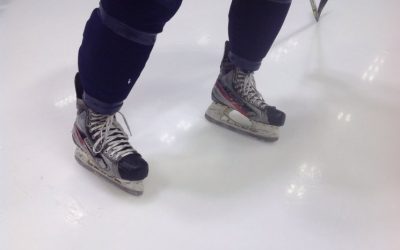Posturology, a revolution in Quebec sports?
You may have been struck recently by the appearance of posturologists in the entourage of athletes you follow. Posturology is in fact a relatively young term, especially widespread in the French-speaking world, as it was mainly developed in France. Quite simply, it’s the study of posture, balance and body stability in space (1,2).
Many health professionals who work with athletes have been doing this for many years, such as physiotherapists, kinesiologists and others. While these professionals have long been recognized in Quebec, they do not exist in this form in France. On the one hand, kinesiologists (the French equivalent of Quebec physiotherapists) are largely focused on manual treatment and sports massage, and a little less on functional analysis (posture and movement). On the other hand, physical trainers in the French system are particularly focused on analyzing and improving performance. This creates a void that these new specialists, who have graduated from two weekends of training, are eager to fill (3). When they are imported from this side of the Atlantic, posturologists arrive in an environment where this theme is widely covered by the various health professionals who surround athletes.
Physiotherapists and kinesiologists are trained in a scientific university environment and integrate this approach to posture correction and kinesthetic work into a wide range of interventions. Don’t be fooled by the investment in advertising that presents posturology as a new and revolutionary art. The health professionals you’re already consulting have been applying these techniques for a long time.
In closing, remember that the term posturologist is not a reserved title, and that anyone can claim it for themselves, whether or not they’ve spent two weekends training with the gurus of these techniques. So be careful who you trust with your health. Kinesiologists and physiotherapists have diversified university training programs that last several years and are evidence-based. We’d be crazy not to!
Written by Léandre Gagné Lemieux, M.Sc. kinesiology
References :
1. Visser JE, Carpenter MG,et al. The clinical utility of posturography. Clin Neurophysiol. 2008;119(11):2424-36.
2. Furman JM.Posturography: uses and limitations.Baillieres Clin Neurol. 1994 Nov;3(3)
3. http://www.posturologie.org/
Want to stay on top of new articles before they’re published?
Subscribe to our newsletter.
From the same author
Why is it easier to turn left?
Why is it easier to turn left? MAXIME Sports physiotherapist In a field hockey match, various skating techniques are used to counter the opponent. A technique of choice for quickly changing direction while maintaining good speed is the sharp turn. On the one hand,...

